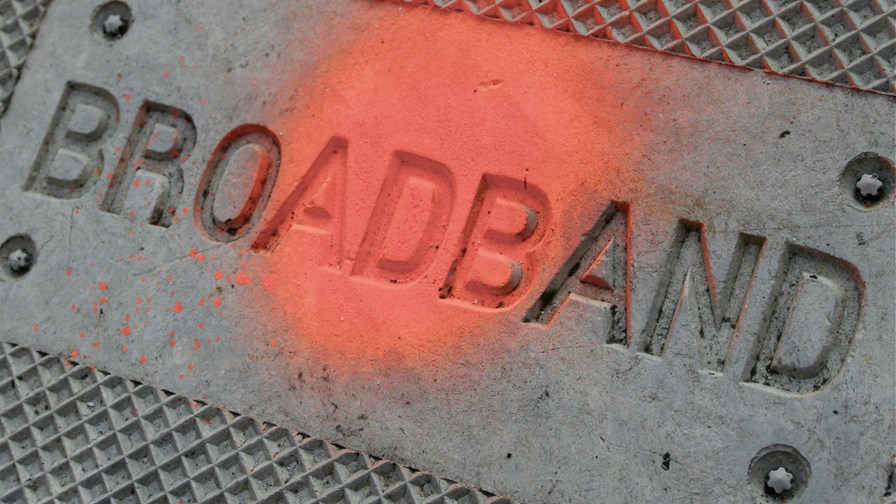
via Flickr © Gavin St. Ours (CC BY 2.0)
- Government incentives and the lockdown should have boosted UK residential broadband uptake
- They have, but according to one fibre-to-the-home operator there are big problems getting traction with multi-dwelling units
- And the rate at which these homes are currently being connected means the 2025 target won’t be met
The UK’s fibre broadband build-out should be flying by now. First came the government’s pledge to part fund and accelerate fibre build-out in the UK with the aim of connecting all homes with fibre by 2025. Then came the pandemic and the ‘work at home’ imperative which has seen a “huge surge” in broadband orders and upgrades.
But according to at least one London-based residential broadband provider, it won’t be enough to see the government’s targets met for multi-dwelling units, even with the tail wind of the work-at-home movement to push things along.
According to Graeme Oxby, CEO of Community Fibre, there remain some stubborn barriers to broadband connection in the UK, many of which could be overcome by a concerted top-down communication effort by the government to educate landlords as to the real costs and opportunities.
After what seems like decades of talk extolling of the virtues of universal broadband, the benefits it would have for the economy as a whole and as a direct means of closing the digital divide, you might think that the actual process of digging and building the fibre network and then getting into houses was somehow fraught with cost and difficulty.
But according to Graeme, though, it’s not that difficult at all.
“To be honest it tends to be low cost and fast to execute,” he says. “It’s relatively easy to reach the buildings - in London at least - either through existing fibre or to dig it in yourself.”
Community Fibre is focused on London and building to the large multi-dwelling units, housing associations and council properties as well as private landlords.
“We are now retrofitting and building our network into the MDUs selling fibre services with speeds up to 1 Gigabit. We usually go up the side of the building and then go into the building to do the final fibre install. And that’s proven to be a pretty effective way to do it.
In fact. according to Graeme actual fibre build doesn’t throw up too many problems at all.
It’s the bit before.
“What we find is that the friction is to be found in the stages, before we get to the build ltself.
It’s things like getting permission from the landlord, and then getting building plans approved by the landlord and the residents and then there is what public landlords tend to call a “procurement process” to be gone through, even though there is no real procurement because no money is changing hands,” he says.
“At least in the case of Community Fibre, there is no cost to be borne by the landlord, but that seems hard to get across. The problem is a lack of education about broadband amongst landlords, he maintains.
“We did a survey of big landlords both private and public sectors and only 25 per cent said they had plans to upgrade their buildings’ broadband in the next 24 months.“
Given the government targets and the new focus on working from home (and the distinct possibility that another lockdown will see us all living from home again in the near future), there needs a to be a blg change in approach by landlords, he says, if the government’s 2025 target for fibre to the home is to be met,
Some boroughs are good and have really pushed the process, he says, but with others “it appears that broadband is not even on their ‘to-do’ list.”
“The problem is really about timing - if we wait for all landlords to get broadband front-of-mind then it's going to take a long time. There needs to be more of a push and some top-down knocking of heads together,” he says.
Email Newsletters
Sign up to receive TelecomTV's top news and videos, plus exclusive subscriber-only content direct to your inbox.




